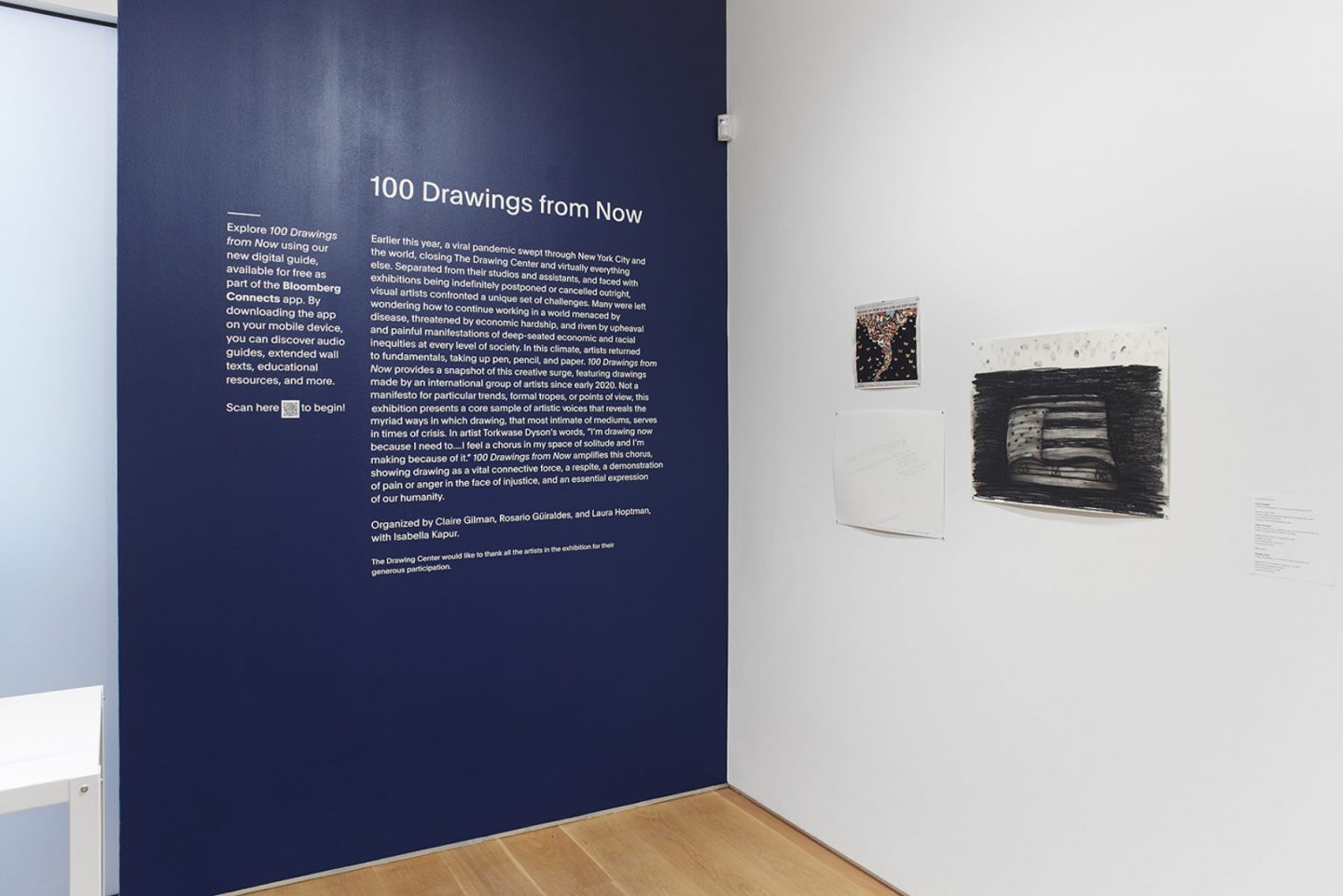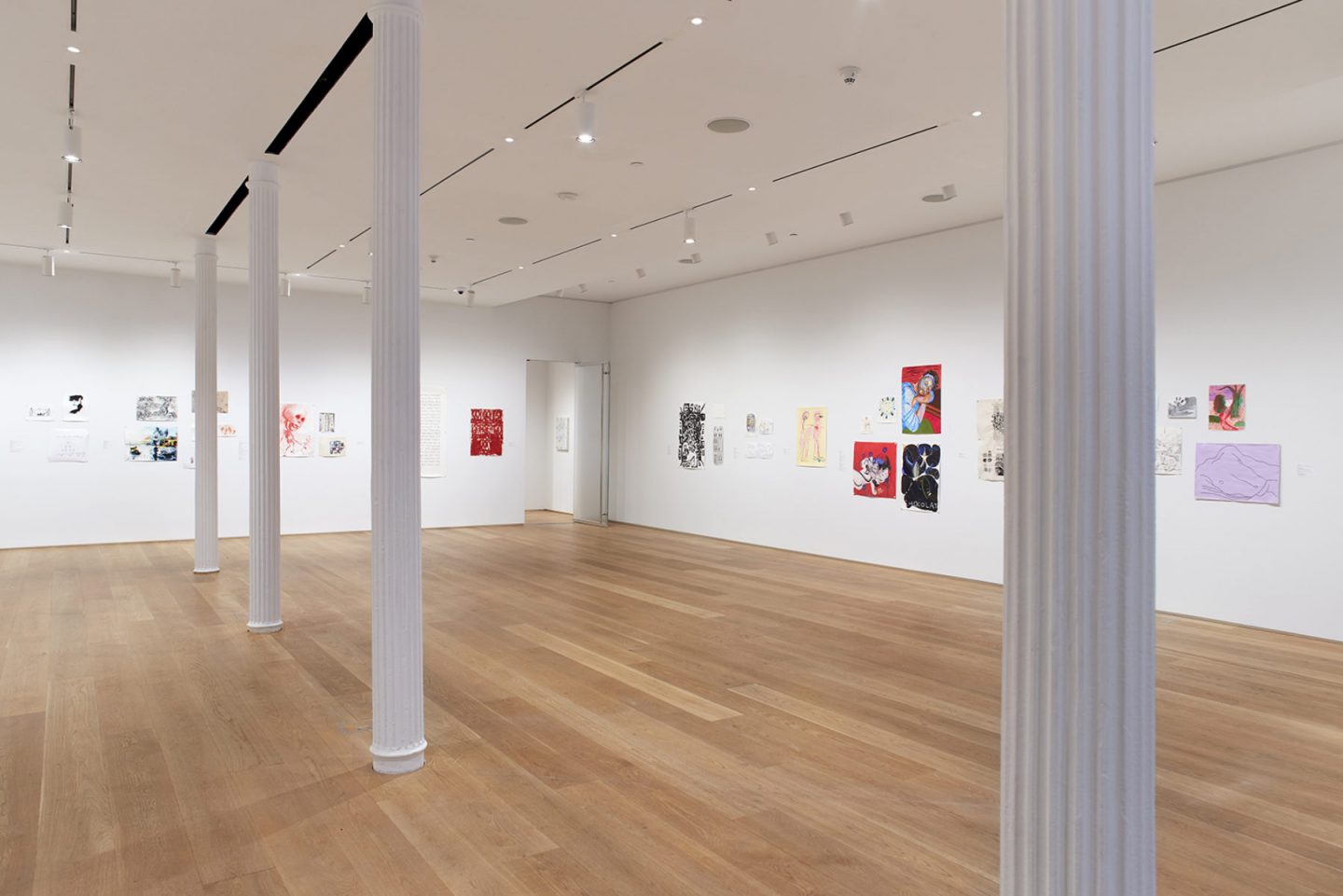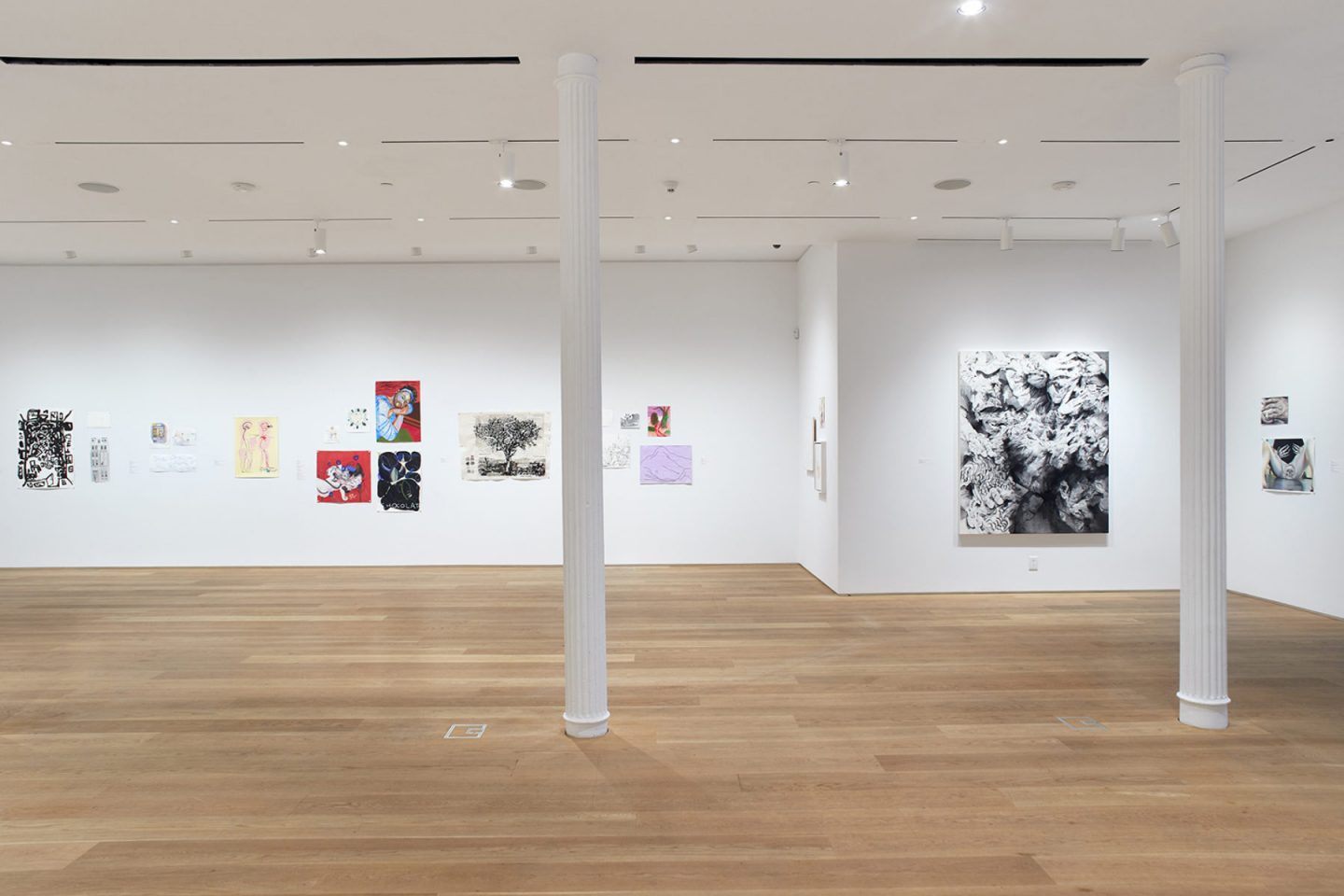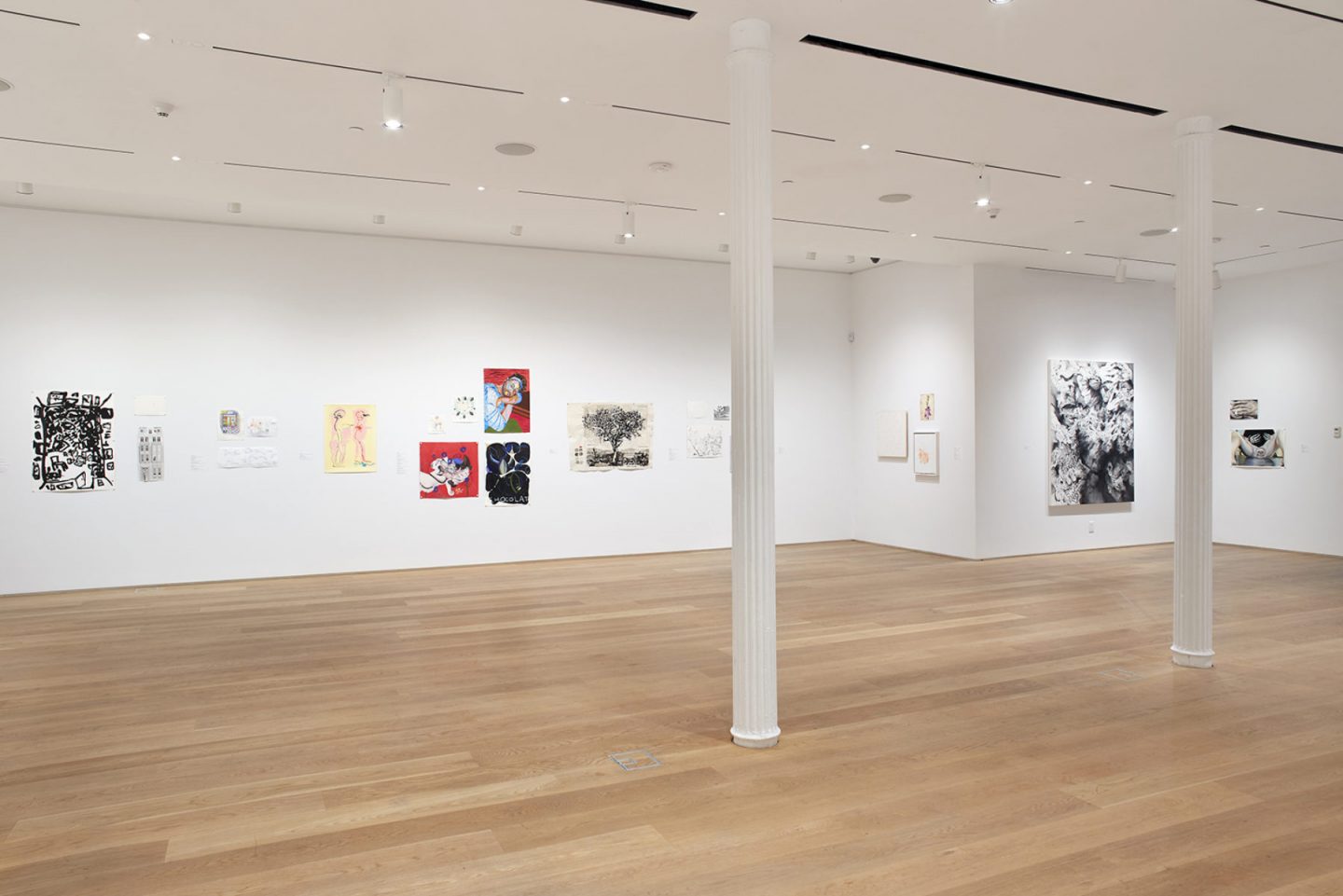

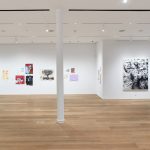
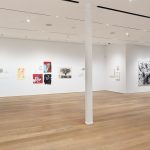
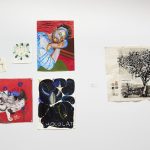
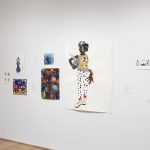
New York, NY… 2020: 100 Drawings from Now is an exhibition and benefit event supporting participating artists and The Drawing Center. Featuring drawings made by an international group of artists since early 2020, 100 Drawings from Now provides a snapshot of artistic production during a period of profound global unrest that has resulted from the ongoing health and economic crises, as well as a surge of activism in response to systemic racism, social injustice, and police brutality in the United States. Together, the works in the exhibition spotlight the urgency, intimacy, and universality of drawing during moments of upheaval and isolation.
Throughout the exhibition, artists utilize drawing to both adapt to and make sense of the new circumstances of daily life. For some—including Mounira Al Solh, Paul Chan, Chitra Ganesh, Shara Hughes, Marcus Jahmal, William Kentridge, and Christian Quin Newell—the act of drawing becomes one of self-reflection, as isolation provides an opportunity to look inward and examine what it means to be human. Other artists chronicle new ways of existing together while being physically apart: Camille Henrot’s works depict distanced walks and Torkwase Dyson listens to music, literature, and poetry while drawing as a way of staying connected. Online collaboration and the use of technology as a means to remain connected also emerges as a theme, as seen in Sam Messer and Rochelle Feinstein’s Zoom portraits of each other.
The psychological impact of this period manifests as expressions of anxiety, fear, and rage in works by Rina Banerjee, Gina Beavers, Meriem Bennani, Katherine Bernhardt, R. Crumb, Aline Kominsky Crumb, Karl Haendel, Rachel Harrison, Rashid Johnson, Annette Messager, Walter Price, and Anton van Dalen. Drawings by Michael Armitage, Alvaro Barrington, Christine Sun Kim, Rirkrit Tiravanija, Fred Tomaselli, and Cauleen Smith are more overtly political, directly addressing endemic societal inequalities and systems of oppression.
With solitude as the new normalized state of being in the world, some artists turn attention to their immediate surroundings and domestic settings, as seen in Samson Young’s desk arrangements, Hadi Fallahpisheh’s drawing of a domestic play scene, and Cecily Brown’s drawings after found images from art history. Still others seek out the natural world as a way of finding tranquility and solace (for example, Amy Sillman’s floral observational drawings, Francesco Clemente’s seascape, Jesse Darling’s image of a forest seen through a window, and Curtis Talwst Santiago’s drawing that reads, “if the Sun Shines, then I’m Fine”).
In Torkwase Dyson’s words, “I’m drawing now because I need to….I feel a chorus in my space of solitude and I’m making because of it.” 100 Drawings from Now amplifies this chorus, showing the myriad ways that drawing can act as a vital connective force, a respite, a demonstration of pain or anger in the face of injustice, and an essential expression of one’s humanity.
